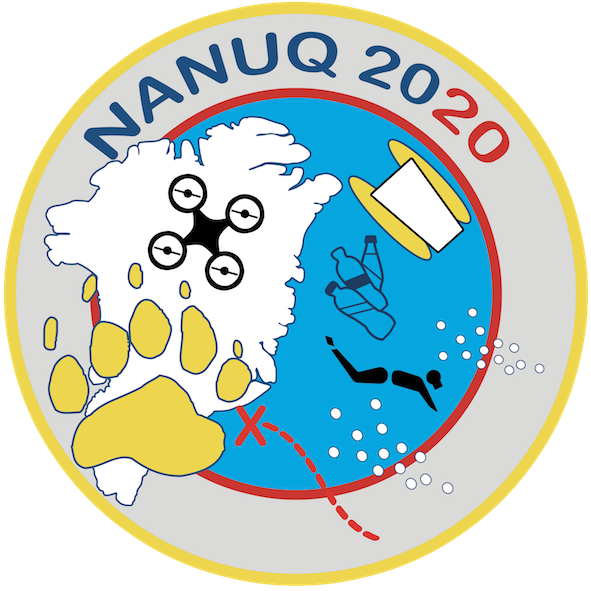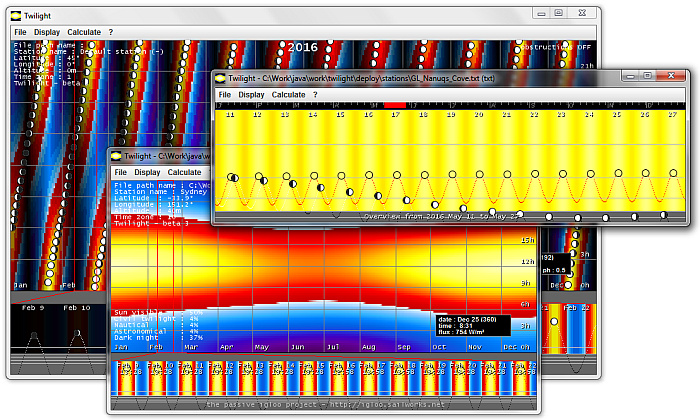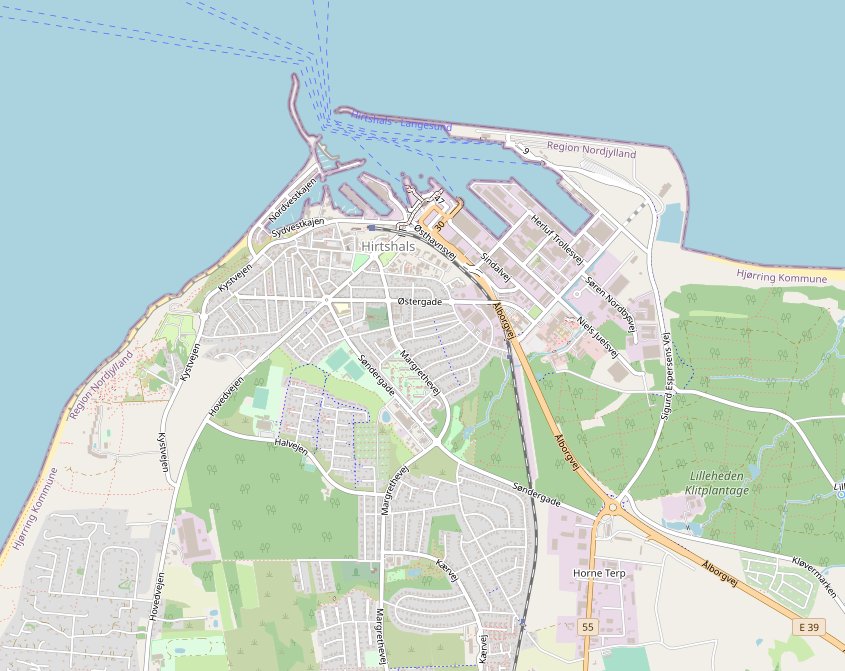NANUQ2020 is approaching Iceland. According to the last progress report sent by the Skipper at 12.26 UTC, the boat is sailing in rough sea at good speed, taking advantage of a steady northerly wind. The last automated report from the boat navigation system was also at 12.26 and indicated that NANUQ was heading 266° (almost exacly west) at a ground speed of 7.56 knots (13.5 km/h). Her position was Lat. 65°37’N, Long. 10°50’W. Situation onboard is normal, estimated arrival to Seyðisfjörður is at about 22.00 UTC tonight. This second part of leg 19 proved more physically challenging for the crew, but no inconvenience was reported either regarding the personnel or the boat. – Archive photo by Gianluca Casagrande (2018)













